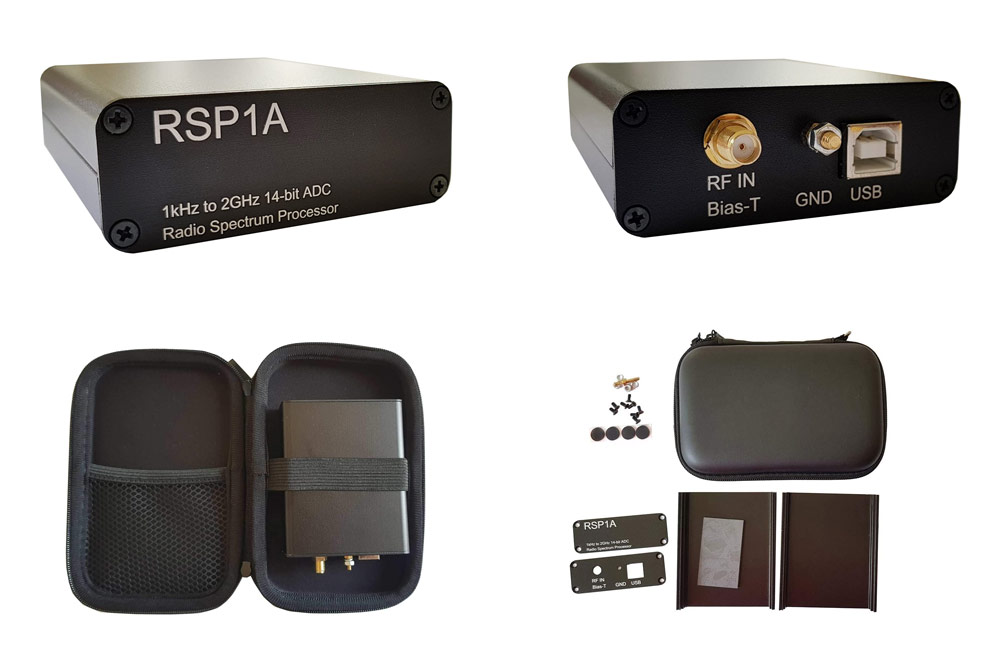TechMinds: How to Track Weather Balloons Using SDR
In his latest video Tech Minds has uploaded a video showing how to use an SDR to receive transmissions from radiosondes carried by weather balloons. Every day meteorological agencies around the world launch weather balloons several times a day. Each balloon carries a device called a radiosonde which continuously transmits weather telemetry to a ground station. With an SDR, antenna and free software it's possible to decode these radiosonde signals yourself from home.
In the video Tech Minds uses an RSPdx, SDRuno, VBCable and the RS41 Tracker software to receive telemetry from an RS-41 radiosonde launched in his area. We note that an RTL-SDR and SDR# could also be used. He shows the various bits of weather information available from the telemetry including information like temperature, pressure, humidity and the dew point. GPS and hardware status data is also available. Finally he shows how to view the balloon's flight path in Google Earth.

